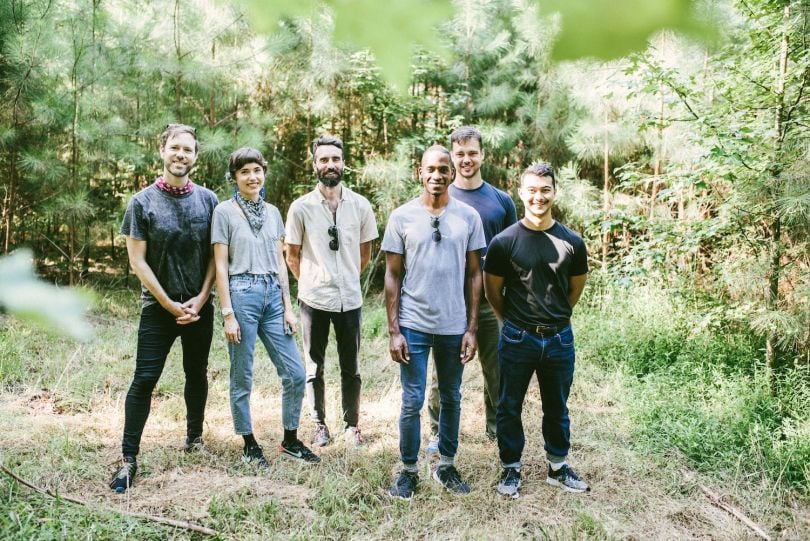
While other carbon capture companies focus on capturing emissions at the source, Austin startup Funga is planting the seeds for a carbon capture method that is a little more down to earth.
Funga, which recently raised $4 million in a funding round led by Azolla Ventures, wants to grow fungi underground that will increase the biodiversity of soil, accelerate plant growth and remove carbon from the atmosphere. Funga founder Colin Averill and a team of ecologists recently found that the reintroduction of wild soil microbial biodiversity can accelerate plant growth by 64 percent.
The startup is using modern DNA sequencing and machine learning technology to introduce the right types of mycorrhizal fungi in strategic locations.
“An entire galaxy exists below our feet, made up of millions of species of bacteria and fungi,” Averill said in a statement. “These microscopic organisms have profound effects on forest growth and carbon capture that until now have been overlooked as a way to accelerate natural climate solutions while also restoring essential microbial biodiversity to our soils.”
Austin-based Funga recently partnered with Conservation Resources, a conservation-focused investment firm, to implement its findings in a forest in Lexington, Georgia. With the new seed funding, the project will expand over the next 18 months to include an additional 2,500 acres of land throughout the southern U.S.
The company will measure how much carbon dioxide is captured through the project and make this information available to corporations seeking carbon credits.
“As an organization that has dedicated itself to sustainably, stewarding over one million acres of timberland and farmland across the U.S. for environmental impact outcomes, we’re excited to be partnering with Funga to build native biodiversity back into an initial 2,500 acres of managed forests,” Shea Flanagan, the director of sustainability and strategy at Conservation Resources, said in a statement. “Doing so will transform these landscapes to act as reservoirs of below-ground fungal biodiversity.”




